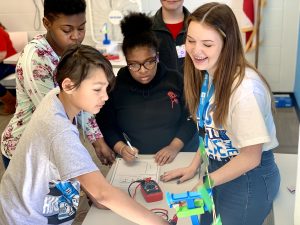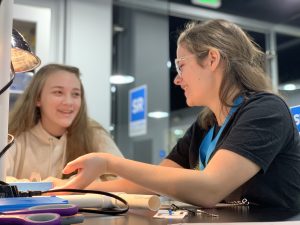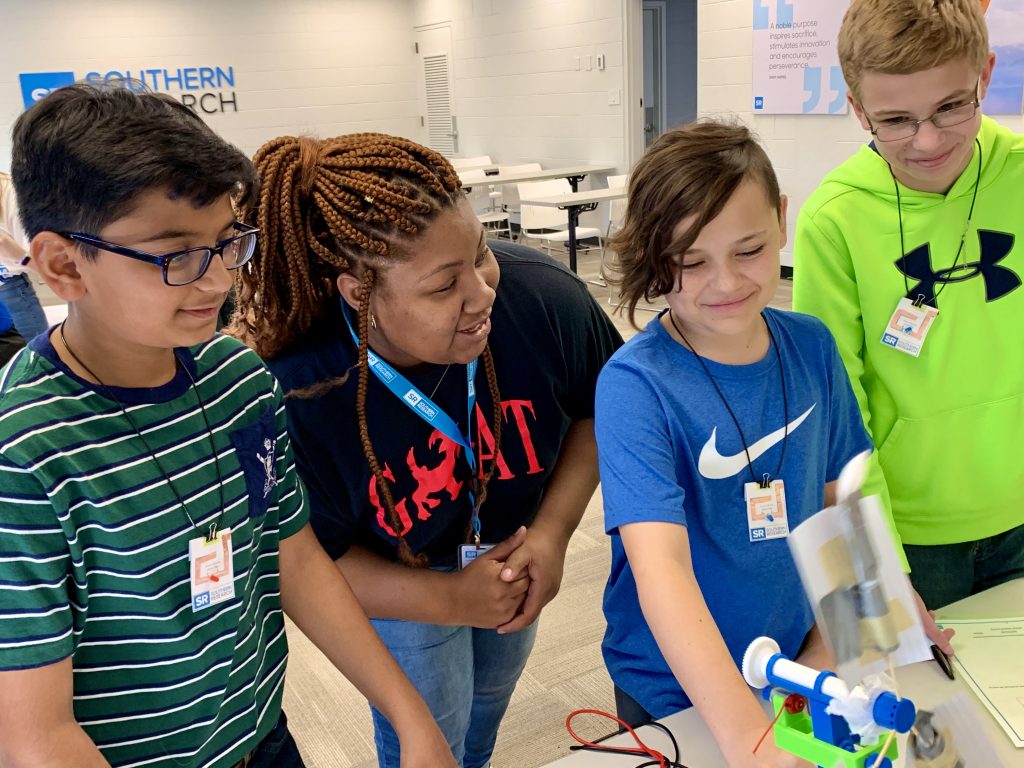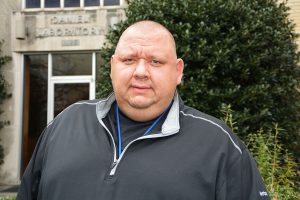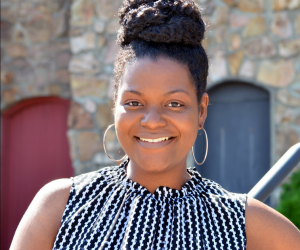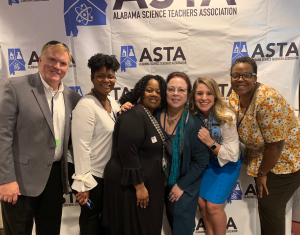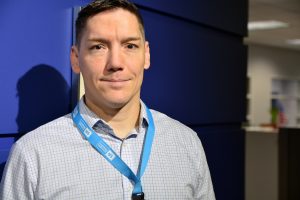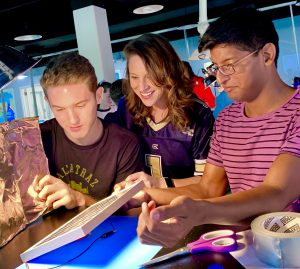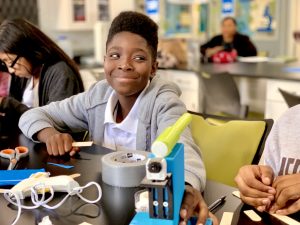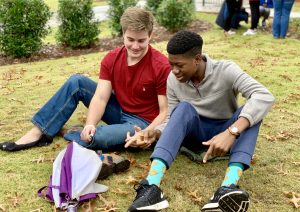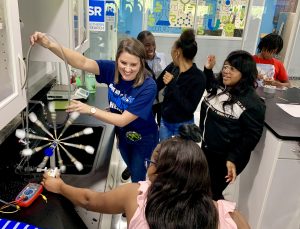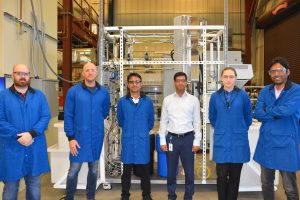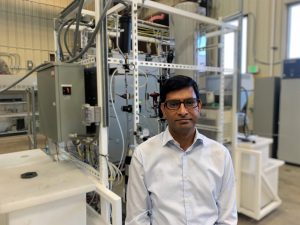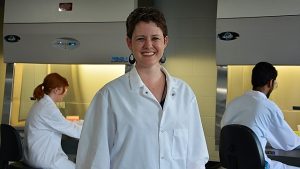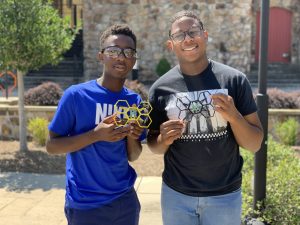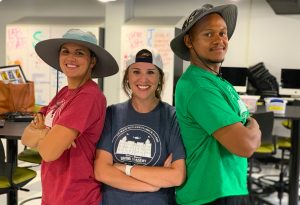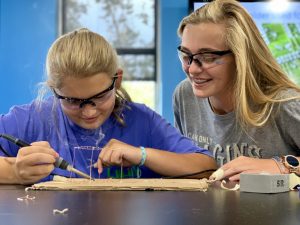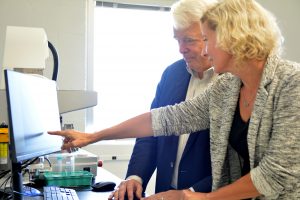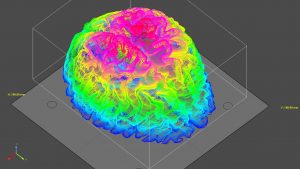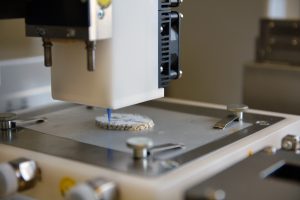Southern Research announced today that it has entered into a strategic collaboration with New York-based Tonix Pharmaceuticals Holding Corp., a clinical-stage biopharmaceutical company, to support the development of a vaccine, TNX-1800, against the new coronavirus disease, COVID-19, based on Tonix’s proprietary horsepox vaccine platform.
Tonix is developing TNX-801 – a live horsepox virus vaccine for percutaneous administration — as a potential smallpox preventing vaccine for the U.S. strategic national stockpile and as a vaccine against monkeypox.
Tonix’s proprietary horsepox virus has the potential to serve as a vector for vaccines to protect against other infectious agents.
Southern Research and Tonix said the new research collaboration will develop and test a potential horsepox vaccine that expresses protein from the virus that causes COVID, a SARS-CoV-2, to protect against the disease.

There are currently no vaccines to protect against COVID-19, which may cause serious complications. The SARS-CoV-2 is reportedly highly infectious and is associated with a significant rate of mortality.
“We look forward to this collaboration to advance a potential COVID-19 vaccine,” said Scott Goebel, a senior scientist in Southern Research’s Drug Development division and principal investigator of the project.
Birmingham-based Southern Research, which has considerable experience in infectious disease research, has long been a leader in the evaluation of vaccine candidates and possible therapeutics for emerging biological threats.
Goebel has previously worked on vaccinia and orthopoxvirus vaccines for other conditions and has studied coronaviruses.
TESTING VACCINE CONSTRUCTS
Under the terms of the research collaboration, Southern Research will test one or more vaccine constructs in the Tonix horsepox vector that express one or more proteins or protein fragments from COVID-19.
The collaboration seeks to leverage Tonix’s horsepox vaccine technology that was originally developed to protect against smallpox but has capabilities as a vector for other infectious diseases.
Tonix has previously reported that horsepox has efficacy as a vaccine and good tolerability in mice and cynomolgus macaques. Horsepox is closely related to vaccinia vaccines, which are a group of orthopoxviruses that have been used as smallpox vaccines. Some vaccinia vaccines have been engineered to express coronavirus proteins and to elicit vaccine responses successfully in the past.
“Although vaccinia vectors are available, different orthopoxvirus strains may behave differently as vectors in part because of their different repertoire of genes that modulate immune responses and host range,” said Dr. Seth Lederman, CEO of Tonix Pharmaceuticals. “Potential advantages of horsepox are the strong immunogenicity we observed in macaques and mice with good tolerability.
“The protein synthesis connected with a replicating live virus vaccine provides direct antigen presentation, which can stimulate cellular immunity in addition to humoral immunity,” added Dr. Lederman, formerly an associate professor at Columbia University who made significant original contributions to immunology.
Tonix is a clinical-stage biopharmaceutical company focused on discovering and developing small molecules and biologics to treat pain, addiction and psychiatric conditions.
To see the company’s detailed announcement on the collaboration, click here.
